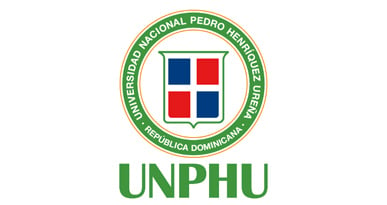Bite injuries in a connected world: a call for global consensus on clinical and public health action
Resumen
This edition of the Trauma Surgery & Acute Care Open journal explores a problem as ancient as human history itself: the consequences of human– human and human–animal interactions. It describes the pattern and outcomes of bite injuries in a major
German city which reflect patterns in most urban settings.Although common, animal bites rarely attract attention unless they are sensational enough to make the news, such as rare shark or crocodile attacks. attacks. Although more commonly associated with
domesticated animals, bite injury sources vary between geographical locations and range from arthropods, rodents, reptiles to exotic animals. Although more commonly associated with domesticated animals, bite injury sources vary between geographical locations and range from arthropods, rodents, reptiles to exotic animals. The incidence ranges from 50 to 200 per 100,000 population per year and is associated with a significant social, economic, and psychological burden. Being among the most common causes for biterelated injuries and the dramatic impact of rabies and envenomation, dog and snake bites have garnered significant attention and research with well-established protocols in managemen. What would be beneficial would be the creation of a global registry of bite-related injuries with global standards for reporting akin to the WHO rabies registry. This may help with the exchange of knowledge across regions and the formulation of standardized prevention and treatment protocols.
Colecciones
El ítem tiene asociados los siguientes ficheros de licencia:


